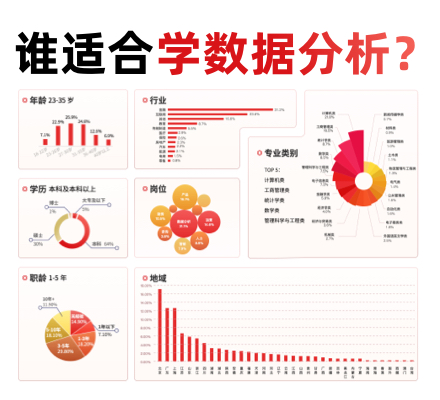人脸的部分词典的在线学习¶
此示例使用一个大型的Faces数据集来学习一组组成面部的20 x 20图像修补程序。
从编程的角度来看,这很有趣,因为它展示了如何使用scikit-learn在线API学习按块处理一个非常大的数据集。我们处理的方法是一次加载一个图像,并从这个图像中随机提取50个补丁。一旦我们积累了500个这些补丁(使用10个图像),我们运行在线KMeans对象 MiniBatchKMeans的partial_fit方法。
MiniBatchKMeans上的详细设置使我们能够看到,在连续调用partial-fit期间,某些聚类被重新分配。这是因为它们所代表的补丁数量太少了,最好选择一个随机的新聚类。

downloading Olivetti faces from https://ndownloader.figshare.com/files/5976027 to /home/circleci/scikit_learn_data
Learning the dictionary...
Partial fit of 100 out of 2400
Partial fit of 200 out of 2400
[MiniBatchKMeans] Reassigning 16 cluster centers.
Partial fit of 300 out of 2400
Partial fit of 400 out of 2400
Partial fit of 500 out of 2400
Partial fit of 600 out of 2400
Partial fit of 700 out of 2400
Partial fit of 800 out of 2400
Partial fit of 900 out of 2400
Partial fit of 1000 out of 2400
Partial fit of 1100 out of 2400
Partial fit of 1200 out of 2400
Partial fit of 1300 out of 2400
Partial fit of 1400 out of 2400
Partial fit of 1500 out of 2400
Partial fit of 1600 out of 2400
Partial fit of 1700 out of 2400
Partial fit of 1800 out of 2400
Partial fit of 1900 out of 2400
Partial fit of 2000 out of 2400
Partial fit of 2100 out of 2400
Partial fit of 2200 out of 2400
Partial fit of 2300 out of 2400
Partial fit of 2400 out of 2400
done in 2.43s.
print(__doc__)
import time
import matplotlib.pyplot as plt
import numpy as np
from sklearn import datasets
from sklearn.cluster import MiniBatchKMeans
from sklearn.feature_extraction.image import extract_patches_2d
faces = datasets.fetch_olivetti_faces()
# #############################################################################
# Learn the dictionary of images
print('Learning the dictionary... ')
rng = np.random.RandomState(0)
kmeans = MiniBatchKMeans(n_clusters=81, random_state=rng, verbose=True)
patch_size = (20, 20)
buffer = []
t0 = time.time()
# The online learning part: cycle over the whole dataset 6 times
index = 0
for _ in range(6):
for img in faces.images:
data = extract_patches_2d(img, patch_size, max_patches=50,
random_state=rng)
data = np.reshape(data, (len(data), -1))
buffer.append(data)
index += 1
if index % 10 == 0:
data = np.concatenate(buffer, axis=0)
data -= np.mean(data, axis=0)
data /= np.std(data, axis=0)
kmeans.partial_fit(data)
buffer = []
if index % 100 == 0:
print('Partial fit of %4i out of %i'
% (index, 6 * len(faces.images)))
dt = time.time() - t0
print('done in %.2fs.' % dt)
# #############################################################################
# Plot the results
plt.figure(figsize=(4.2, 4))
for i, patch in enumerate(kmeans.cluster_centers_):
plt.subplot(9, 9, i + 1)
plt.imshow(patch.reshape(patch_size), cmap=plt.cm.gray,
interpolation='nearest')
plt.xticks(())
plt.yticks(())
plt.suptitle('Patches of faces\nTrain time %.1fs on %d patches' %
(dt, 8 * len(faces.images)), fontsize=16)
plt.subplots_adjust(0.08, 0.02, 0.92, 0.85, 0.08, 0.23)
plt.show()
脚本的总运行时间:(0分5.336秒)




